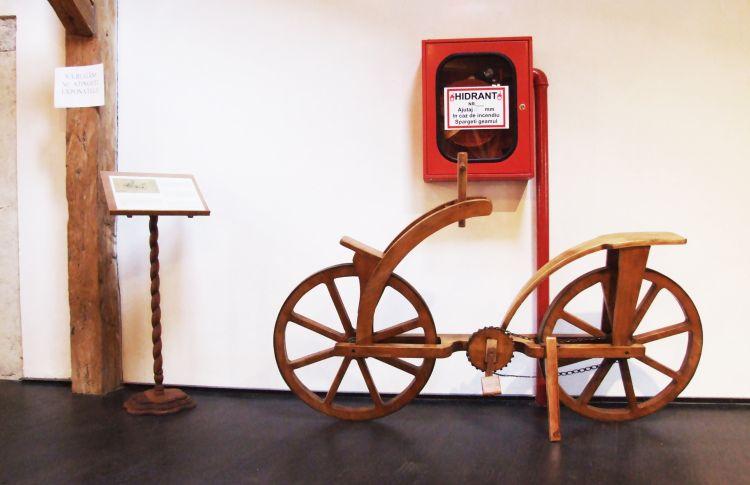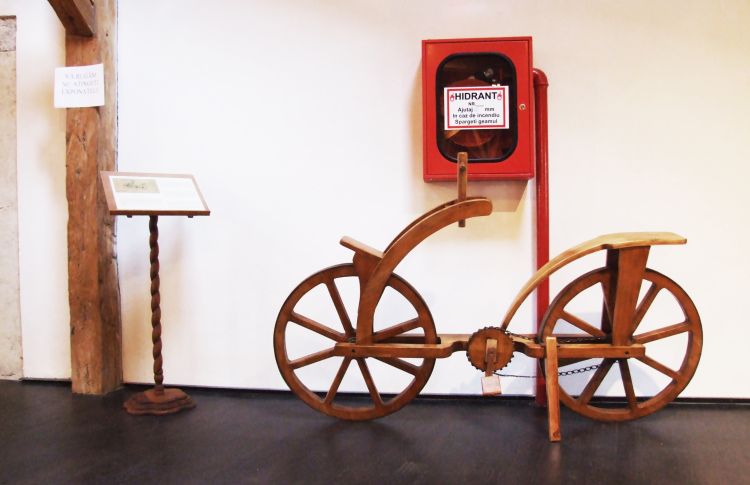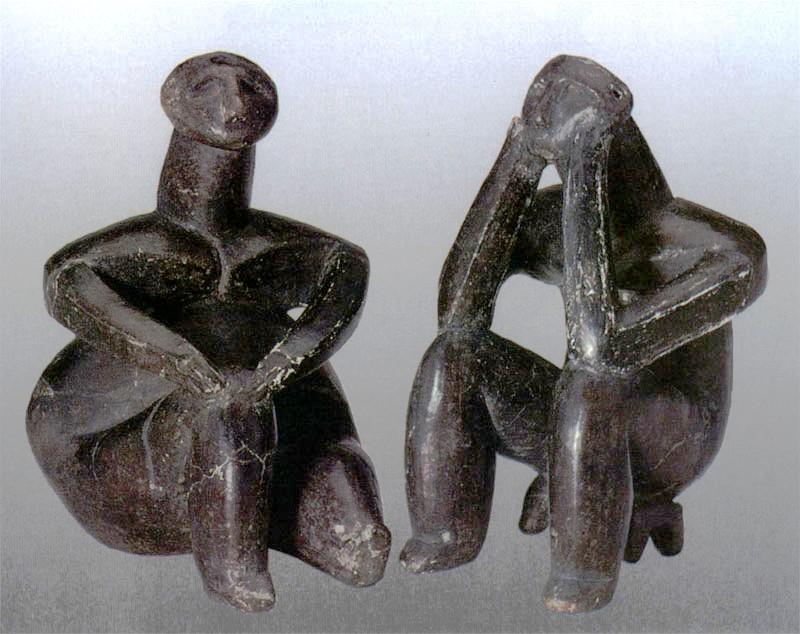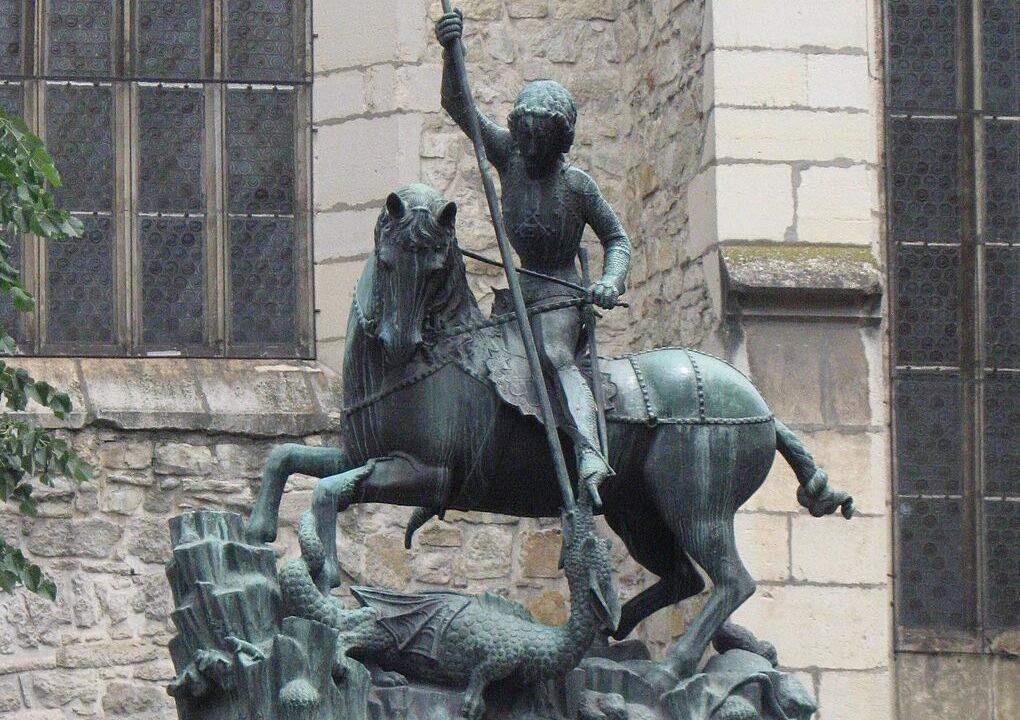You may think that the bicycle is an invention of recent centuries and that mankind dreamed of such a thing only after inventing rubber for making tires. Well, think again! In the attic of the Theresia Bastion in Timisoara, Romania, stands a wonderful wooden bicycle, built according to manuscripts by the famous Florentine inventor and genius, Leonardo da Vinci.
Over 40 reproductions of the Italian genius’s inventions are at the discretion of the public in the far-eastern European city of Timisoara, in one of the few exhibitions in the world that includes reproductions of the famous inventor’s manuscripts in full size.
Those too busy with shopping activities before the winter holidays probably missed the opening of the exhibit and the beautiful Renaissance music concerts during the first weeks of the exhibition, but they still have the chance to marvel at the materialized ideas of da Vinci until the middle of January.
As a special event, the exhibition has the honor of being hosted in a special place. Namely, the organizers have chosen the attic of the Theresia Bastion, a monument of great significance to the western part of Romania, a place that reinforces the atmosphere of the old and durable, specific to the inventions of the Florentine genius.






